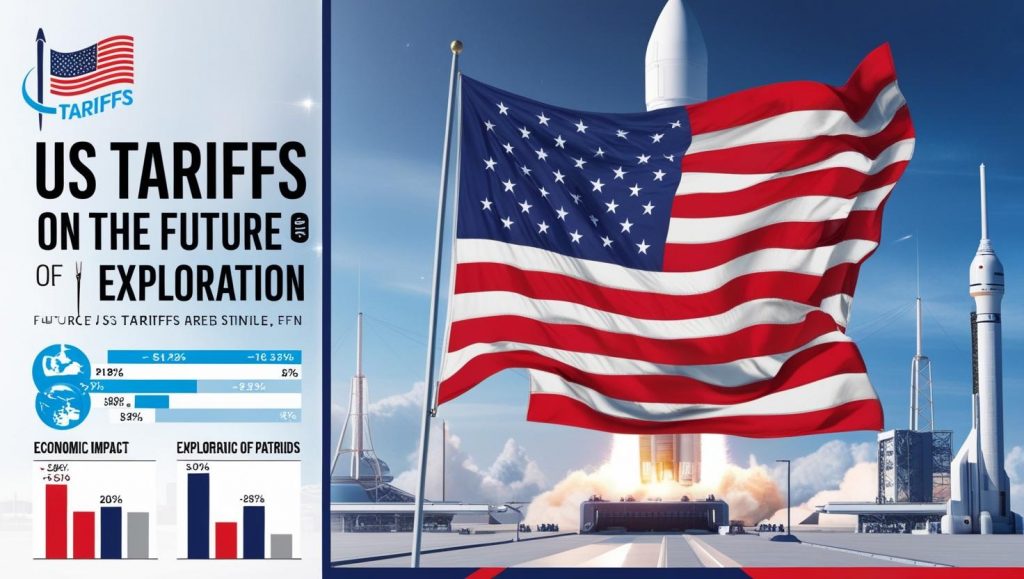🔍 Research Insight: Global Strategic Realignments in Space Commerce
The Trump administration’s tariffs—originally aimed at protecting U.S. industry—have left a lasting mark on the global space economy, influencing everything from satellite manufacturing and launch logistics to international collaboration. As the space industry shifts from a government-dominated sector to a commercial powerhouse, trade restrictions have created new chokepoints in the value chain, affecting both legacy aerospace contractors and NewSpace startups.
Key affected areas include:
-
Satellite electronics and optics, often imported from Asia and Europe.
-
Launch vehicle components, such as precision alloys and thermal shielding.
-
Ground station infrastructure, particularly data processing hardware and fiber optics.
Request Trump Tariff Threat Assessment Analysis Now @
https://www.marketsandmarkets.com/forms/ctaTariffImpact.asp?id=182402212
🌐 Fragmentation of the Global Supply Chain
Before the imposition of tariffs, U.S. space companies benefited from a globally integrated supply network, with cost-efficient sourcing across continents. Post-tariffs, many firms had to pivot, shifting away from Chinese components and materials subject to import penalties. This led to:
-
Increased manufacturing costs (some estimates report a 15–25% rise).
-
Delays in satellite development cycles due to re-sourcing.
-
A surge in regionalized supply chains, particularly in the U.S., EU, and Southeast Asia.
These dynamics not only slowed production timelines but also challenged the agility and scalability that commercial space ventures rely on.
🔧 Innovation and Localization as Strategic Necessity
In response, many aerospace players have leaned heavily into vertical integration and local R&D initiatives. U.S. firms like Lockheed Martin, Blue Origin, and Rocket Lab have invested in domestic facilities to manufacture parts previously sourced abroad. Meanwhile, venture capital in space-adjacent tech—like AI-based satellite analytics and advanced propulsion systems—has shifted toward startups that can navigate or bypass trade constraints.
Government support has been key, with policies promoting domestic semiconductor production (e.g., CHIPS Act) aligning well with space tech needs. The long-term effect is a more self-reliant—but also more fragmented—space industry.
🛰️ Implications for International Collaboration
Tariffs have also strained multinational space programs, particularly those involving satellite constellations, launch sharing agreements, or joint data infrastructure. International partners, wary of shifting U.S. trade policies, have begun:
-
Developing independent launch capabilities (e.g., ESA’s Ariane 6, India’s GSLV Mk III).
-
Creating non-U.S.-centric space data networks to ensure continuity.
-
Revisiting bilateral and multilateral agreements with clauses on trade exposure.
The risk of future protectionist measures has made resilience and supply diversification a top priority for global space agencies.

